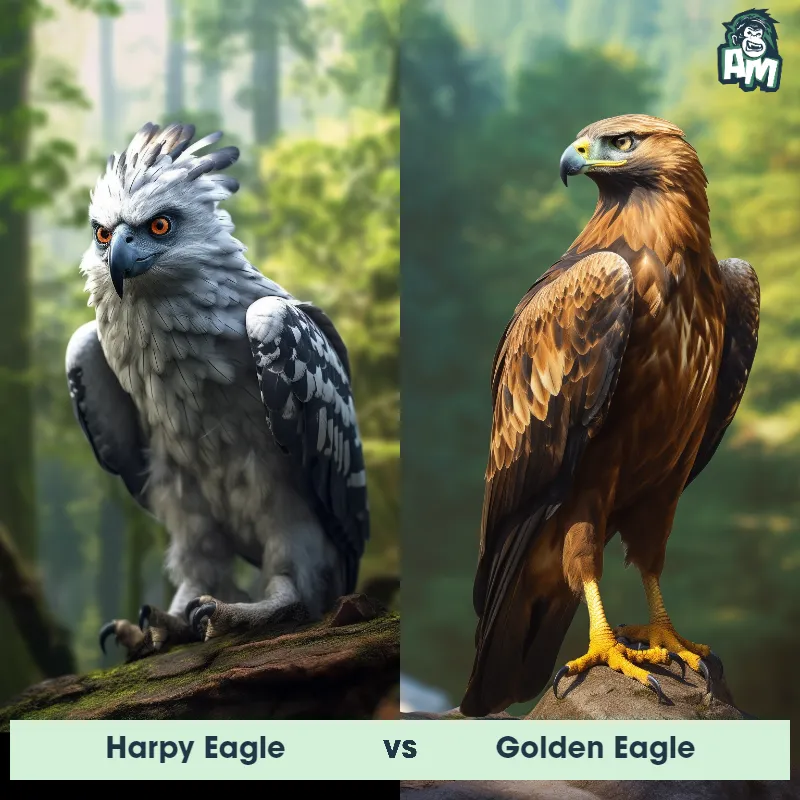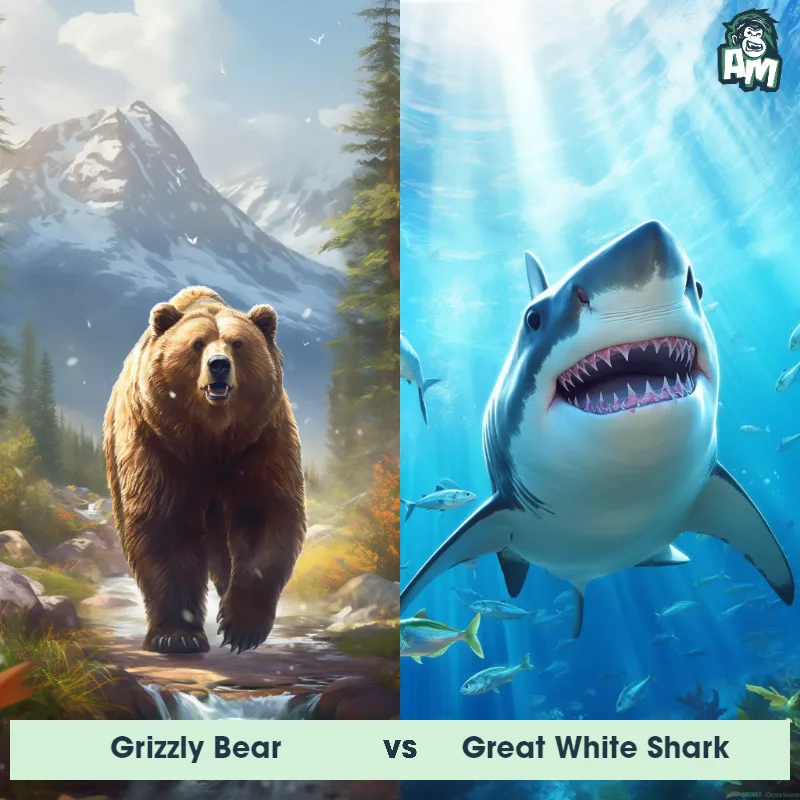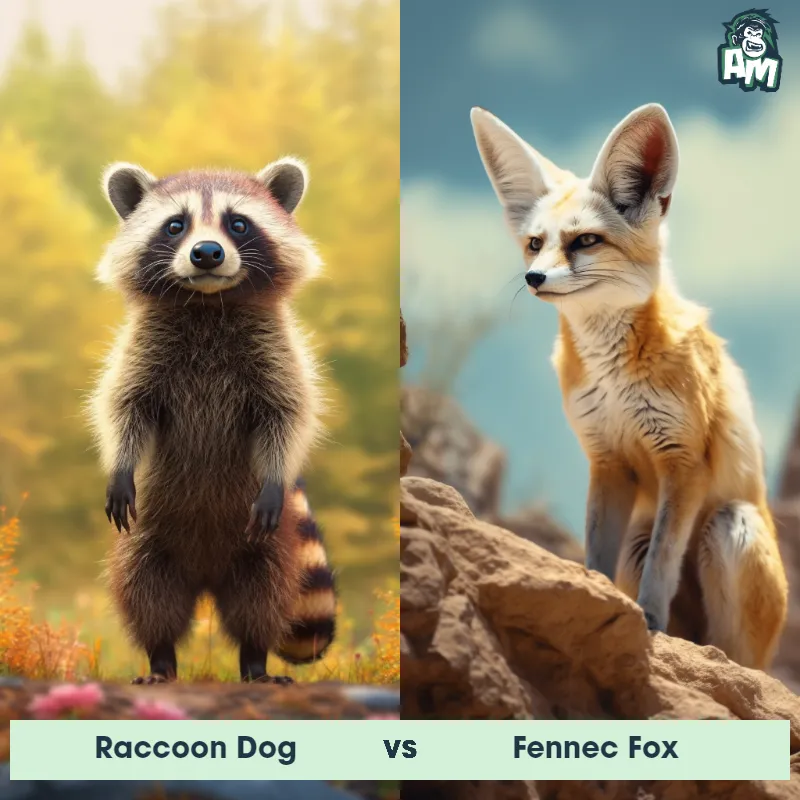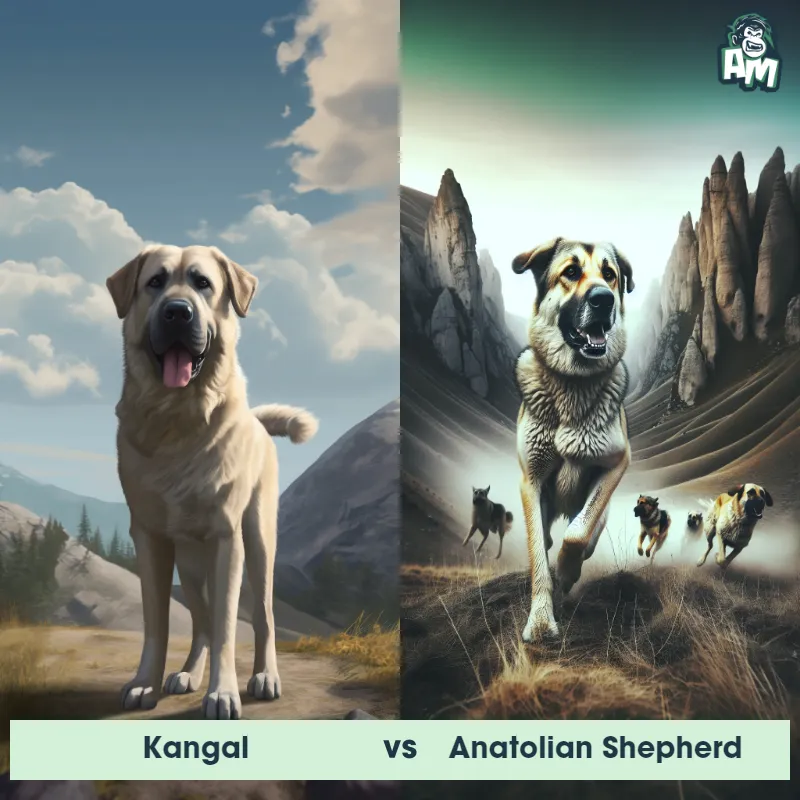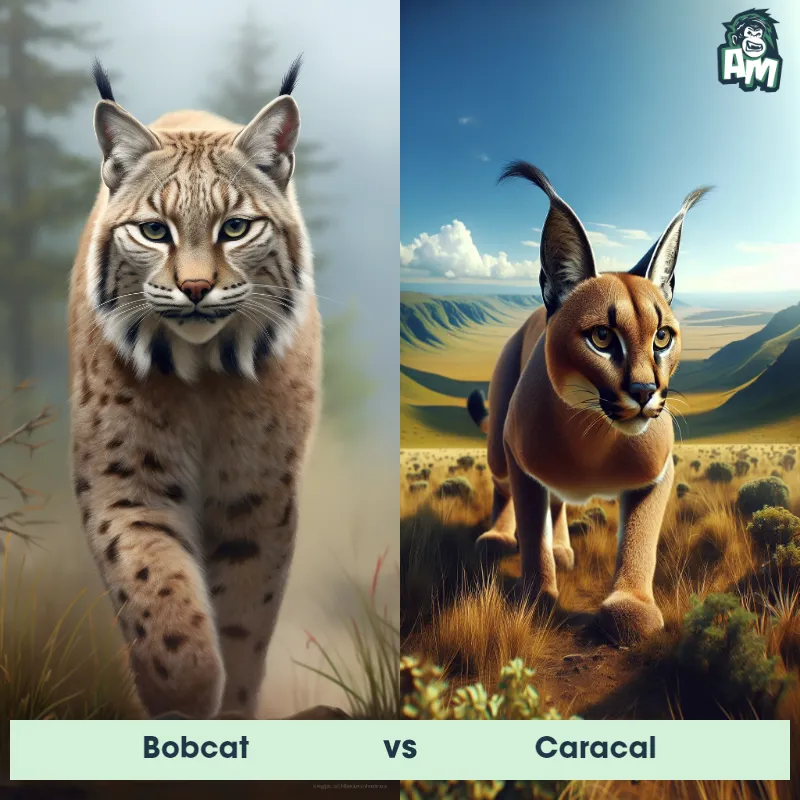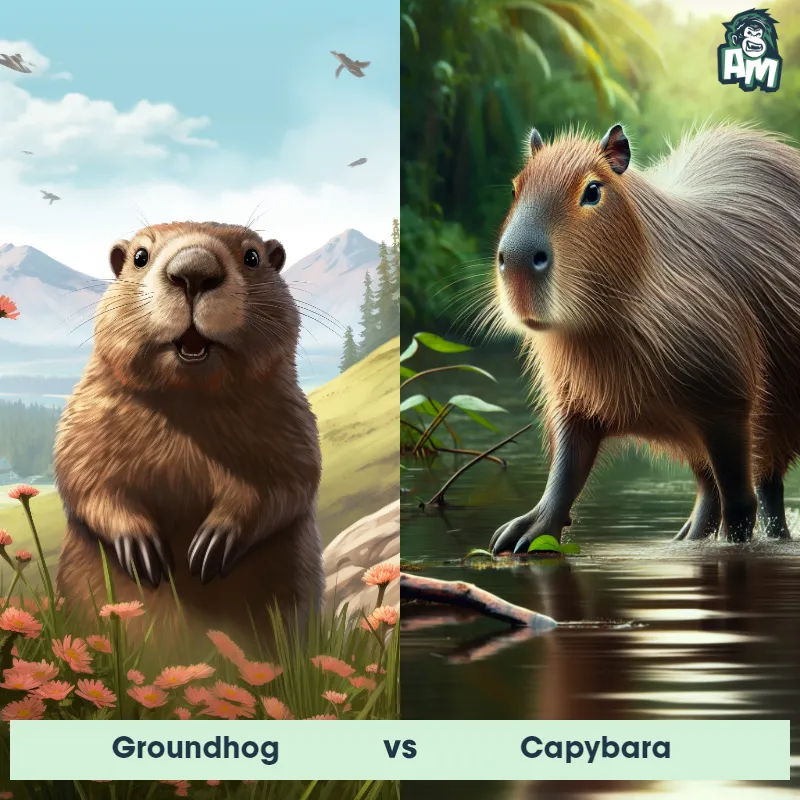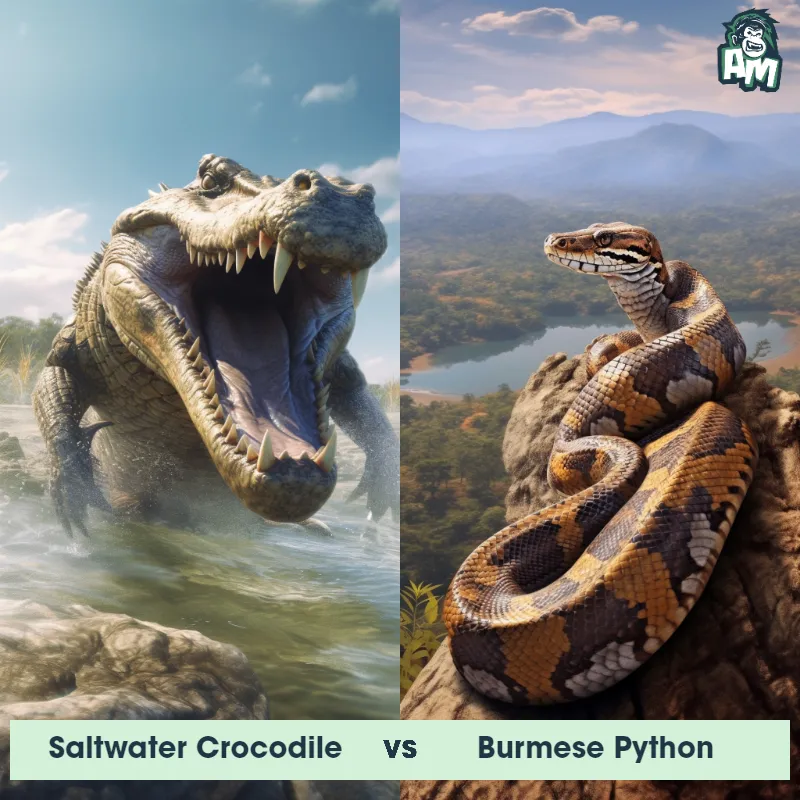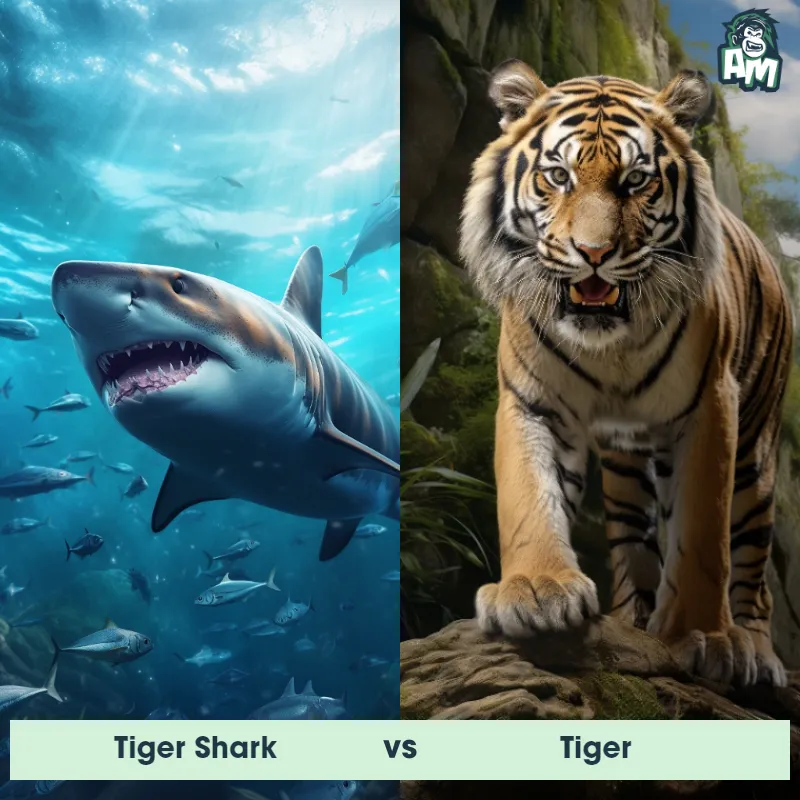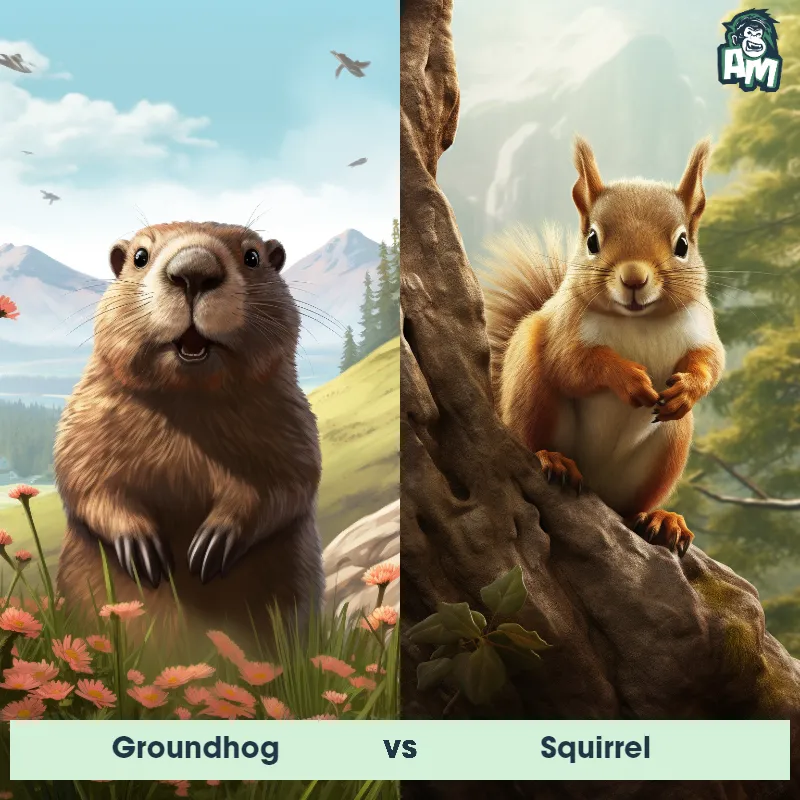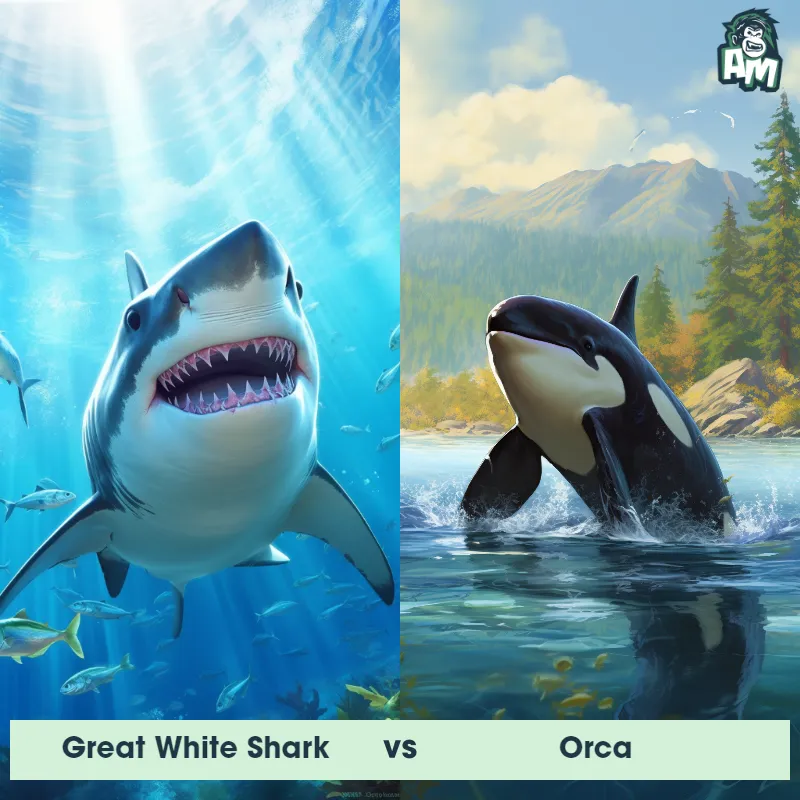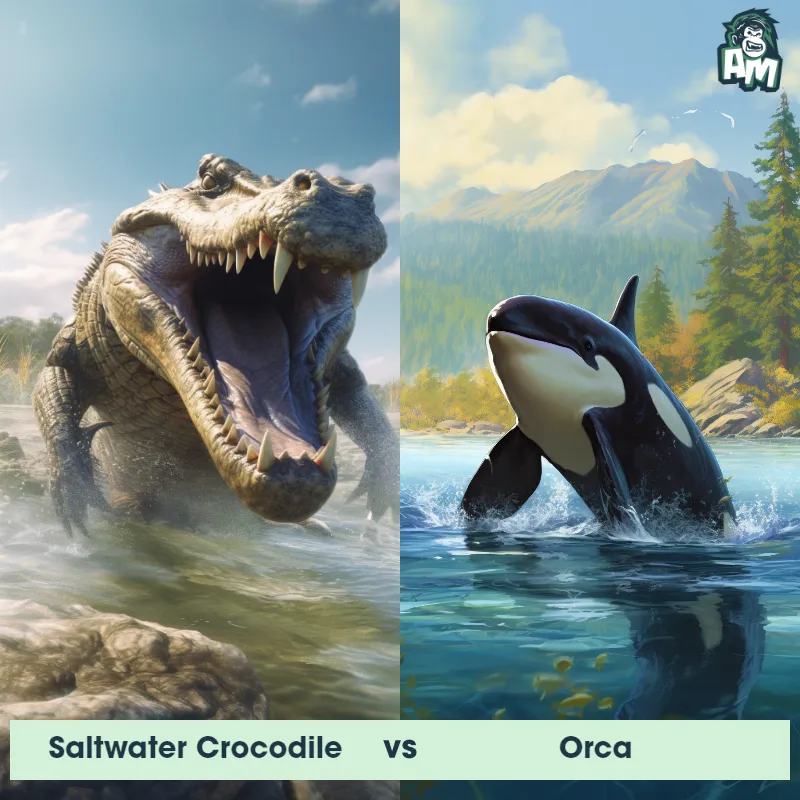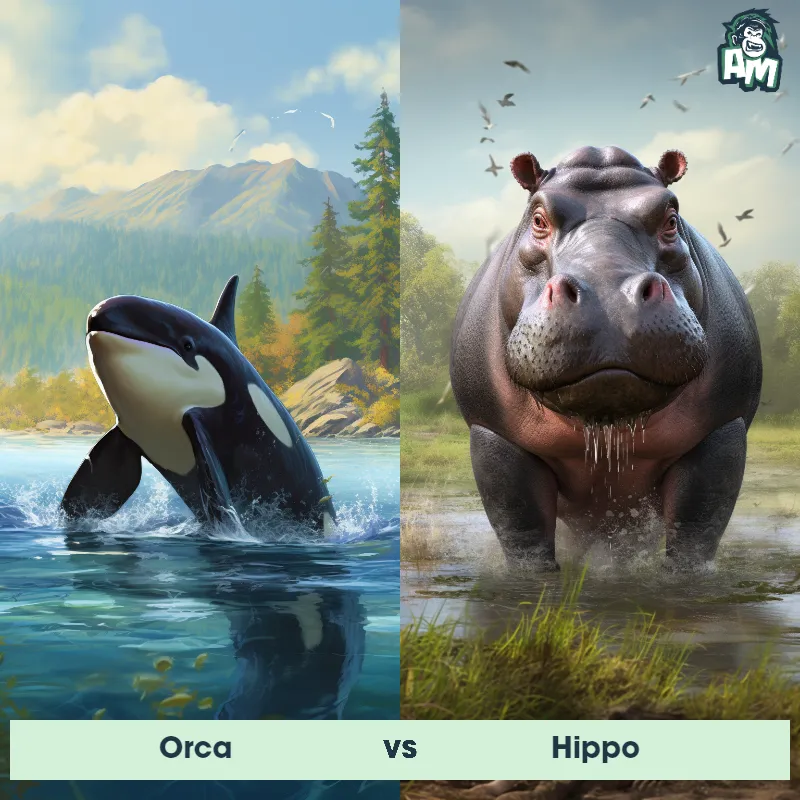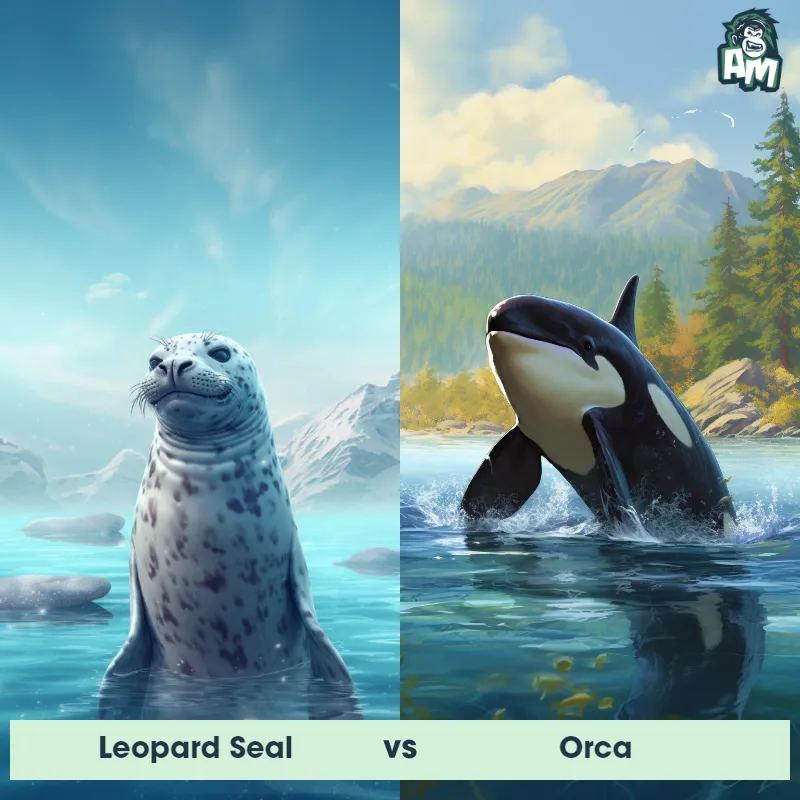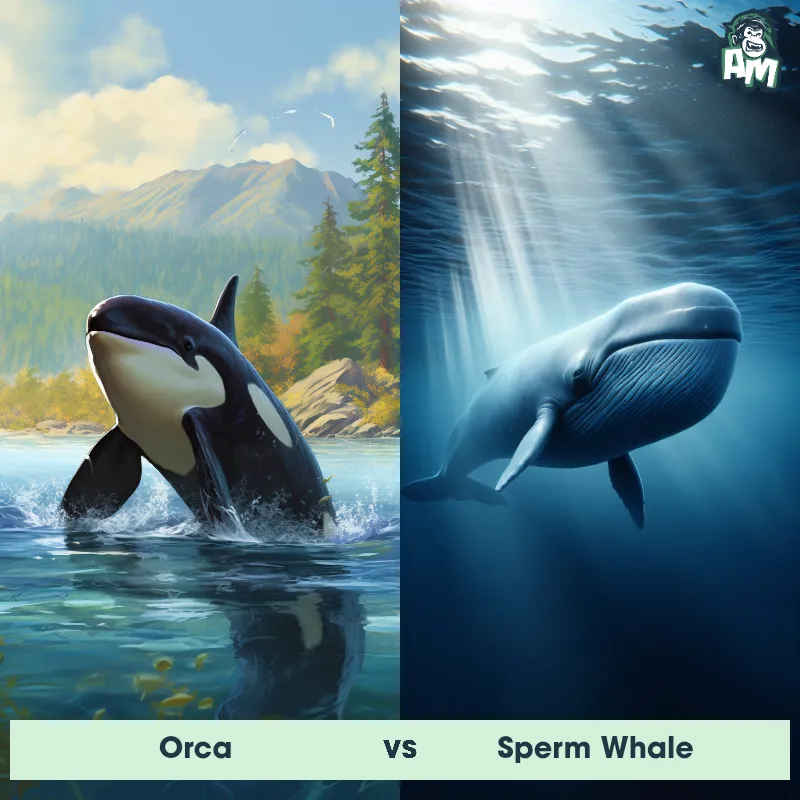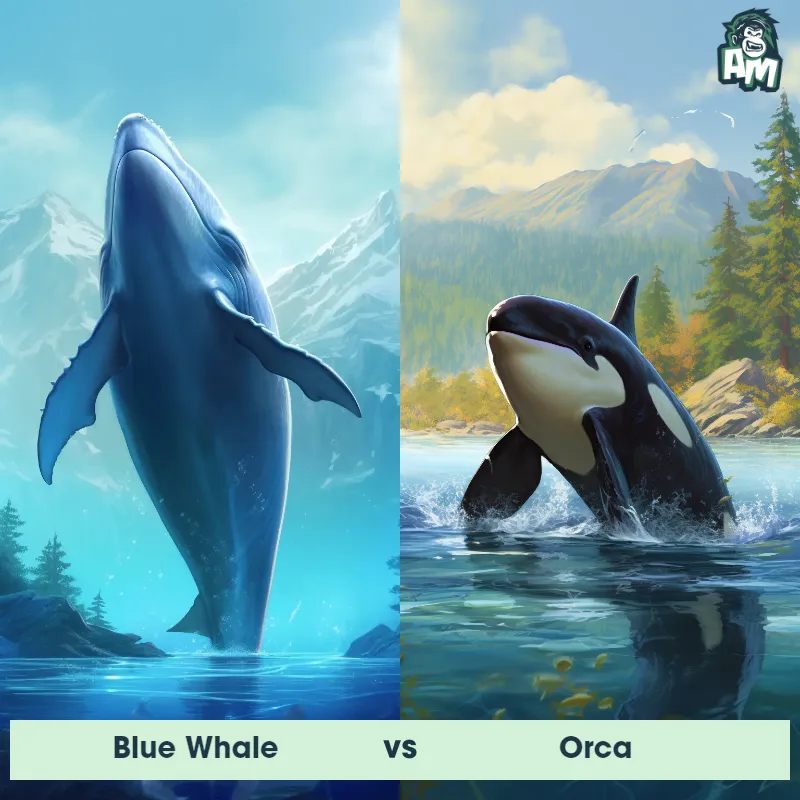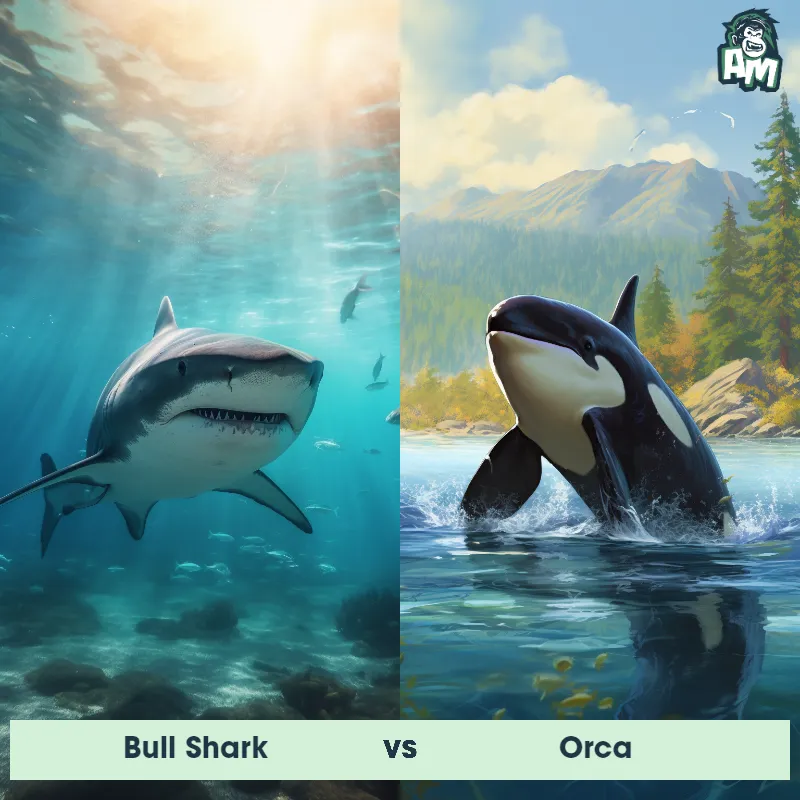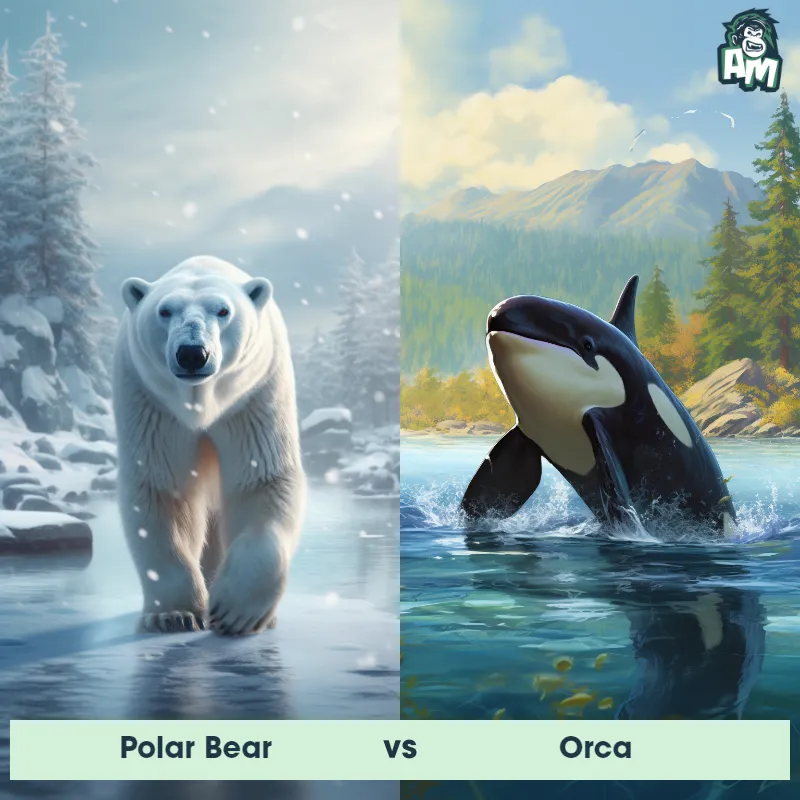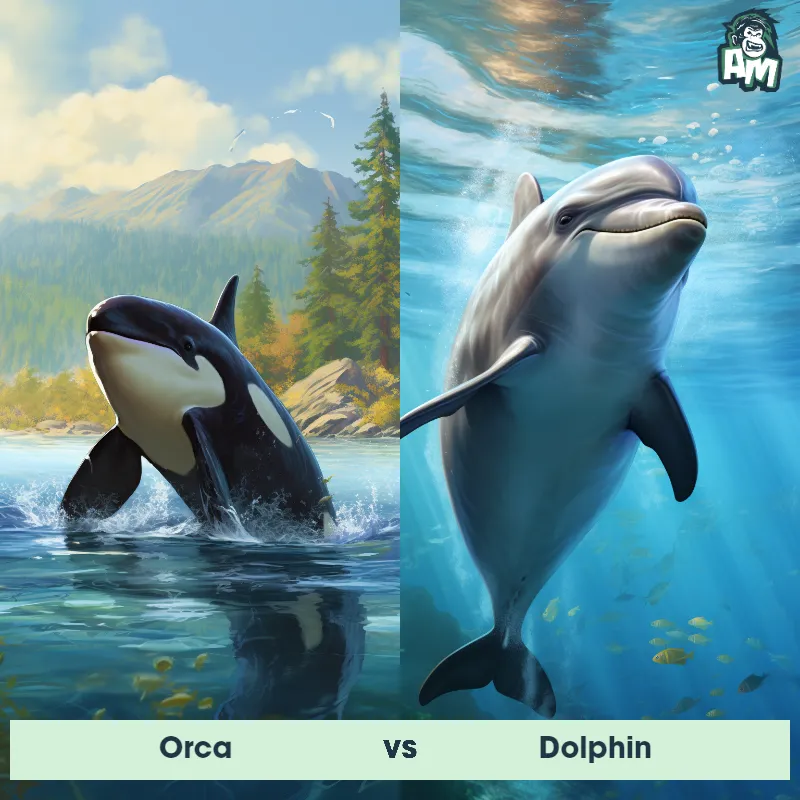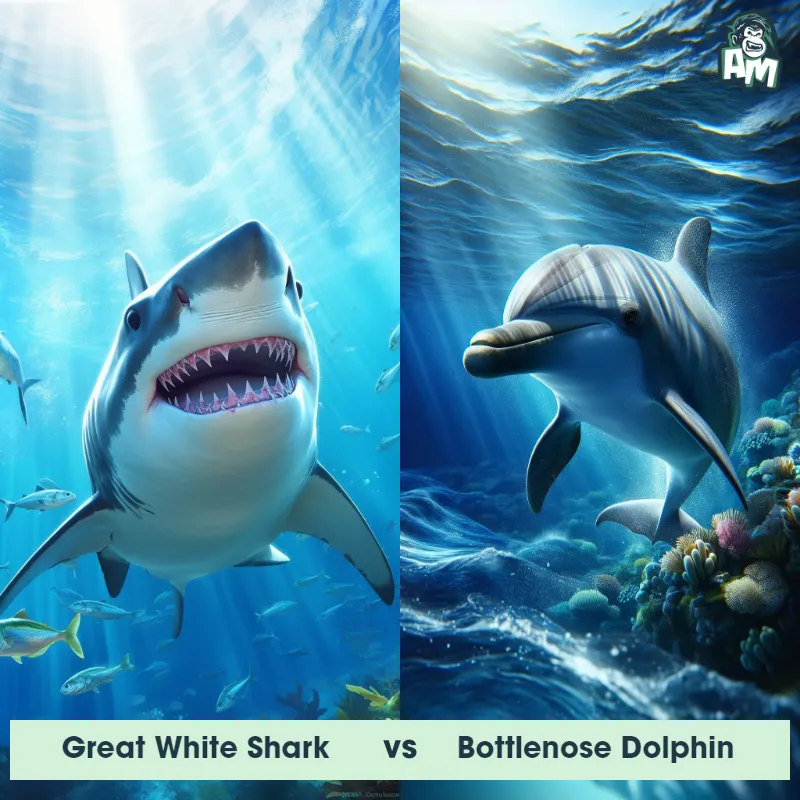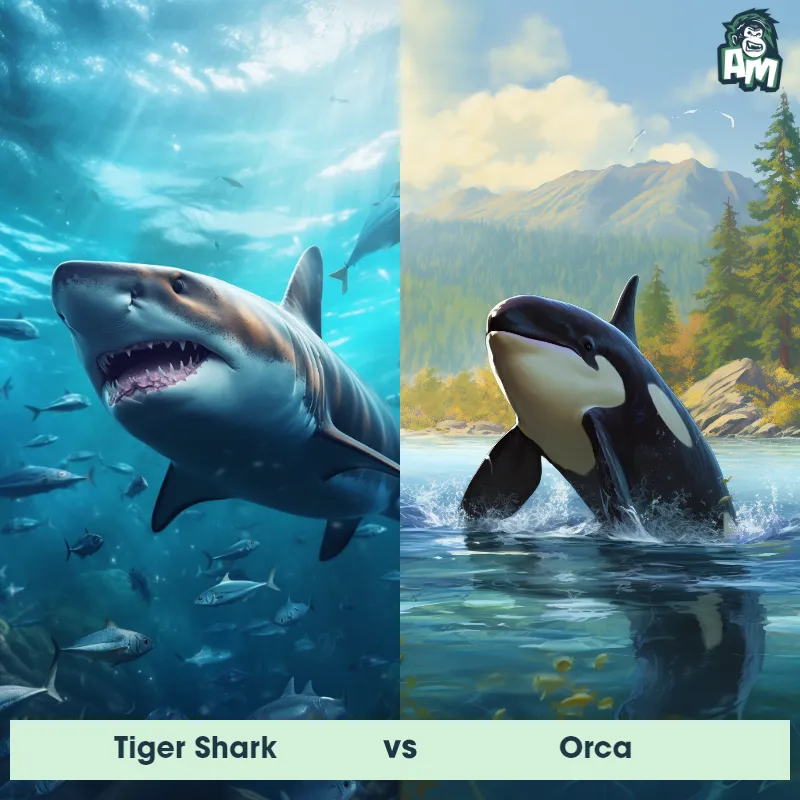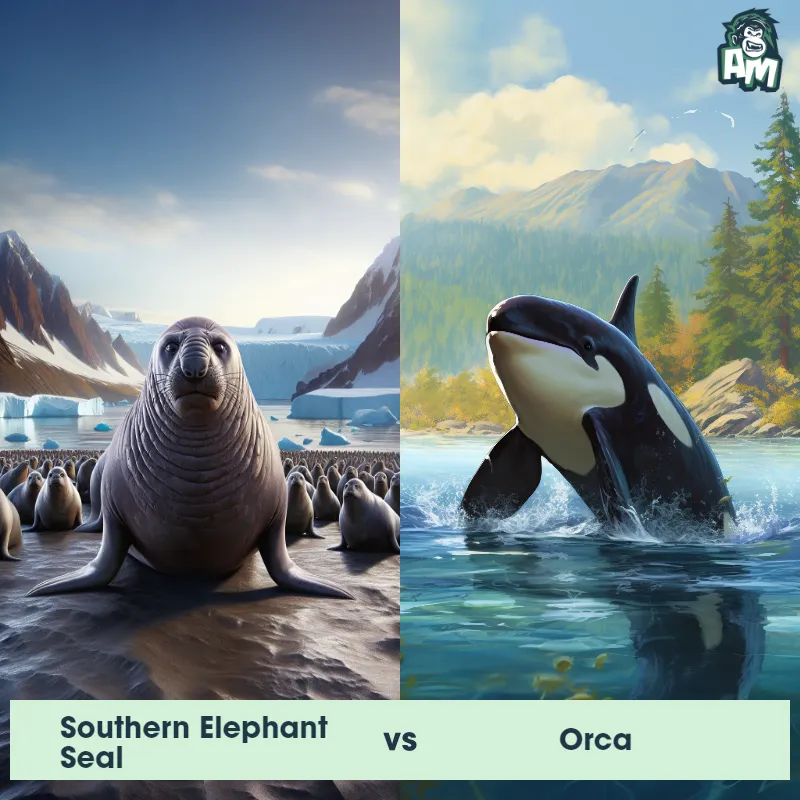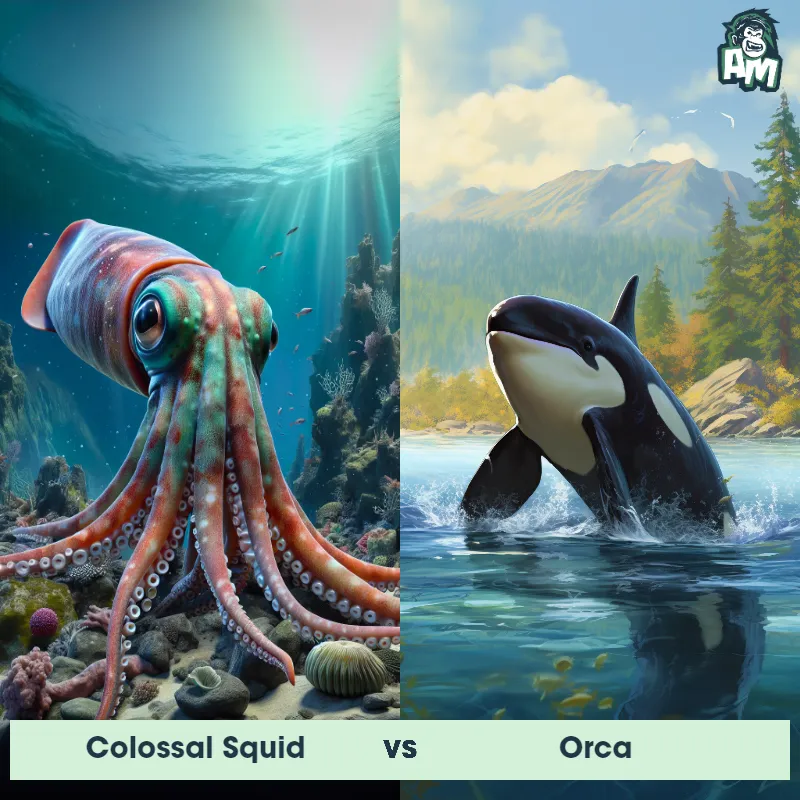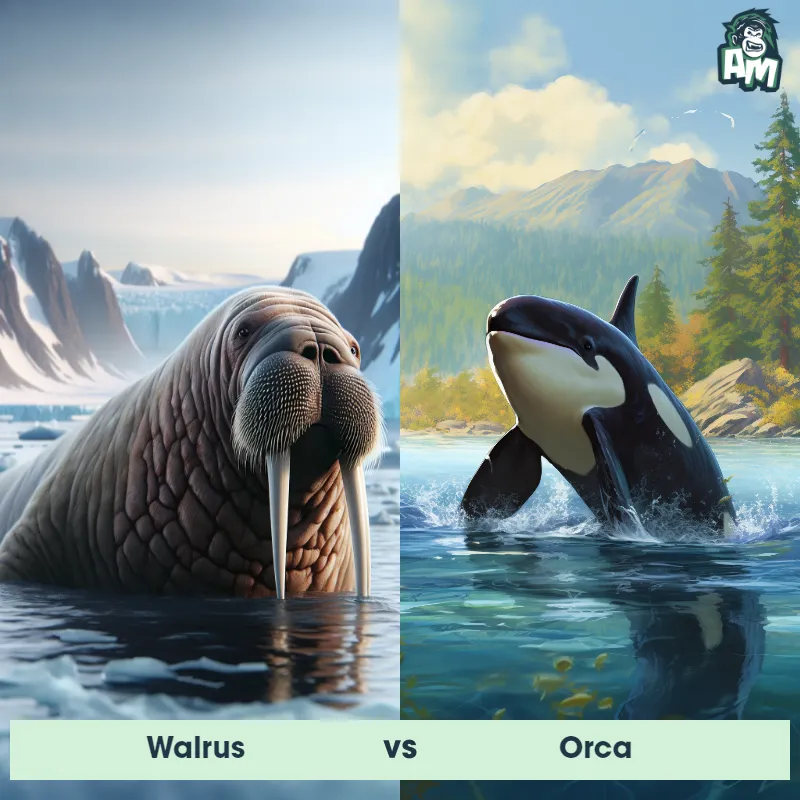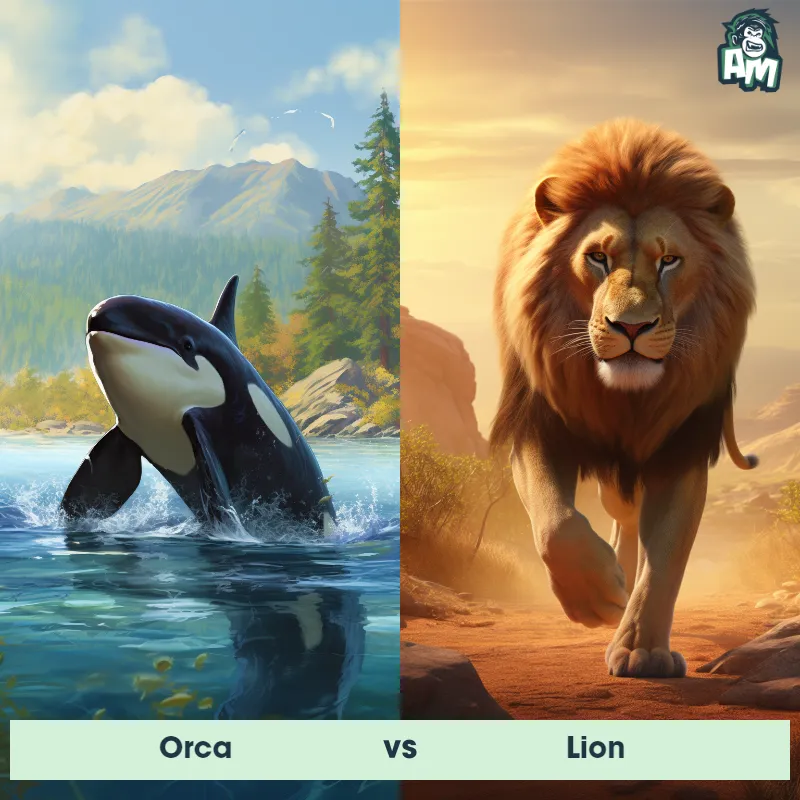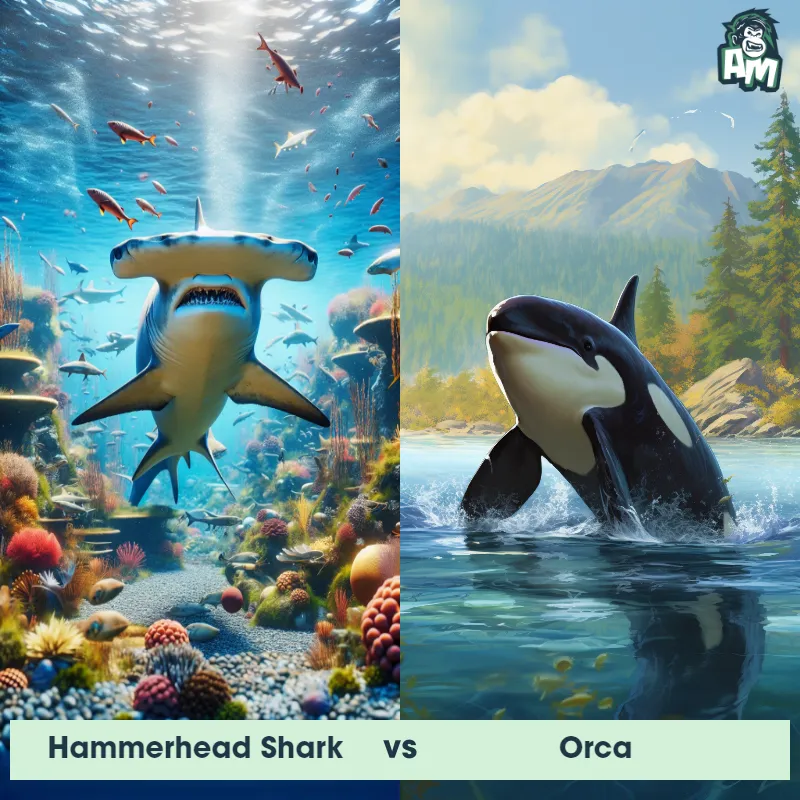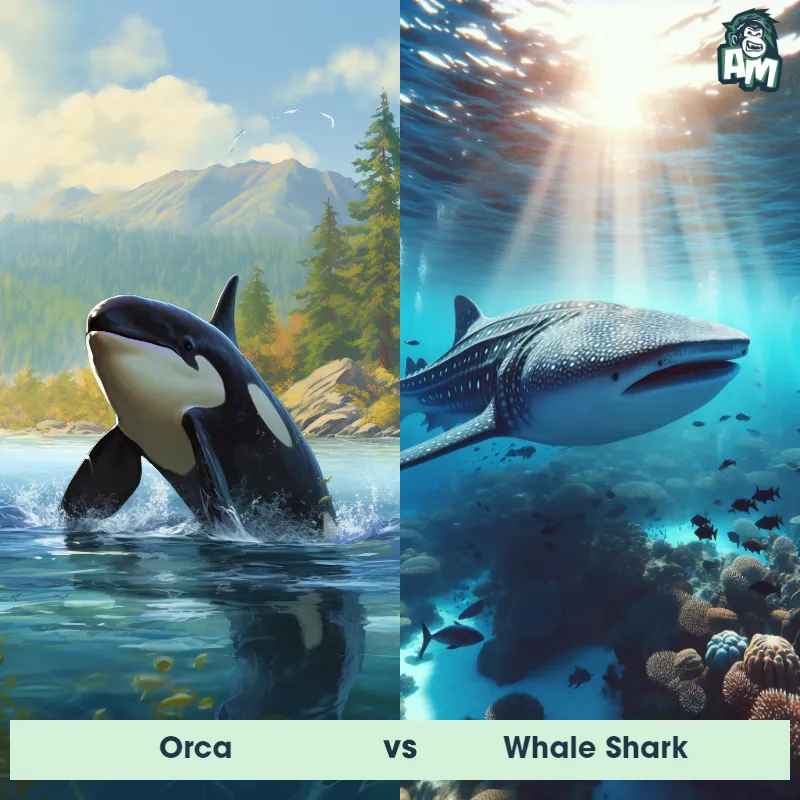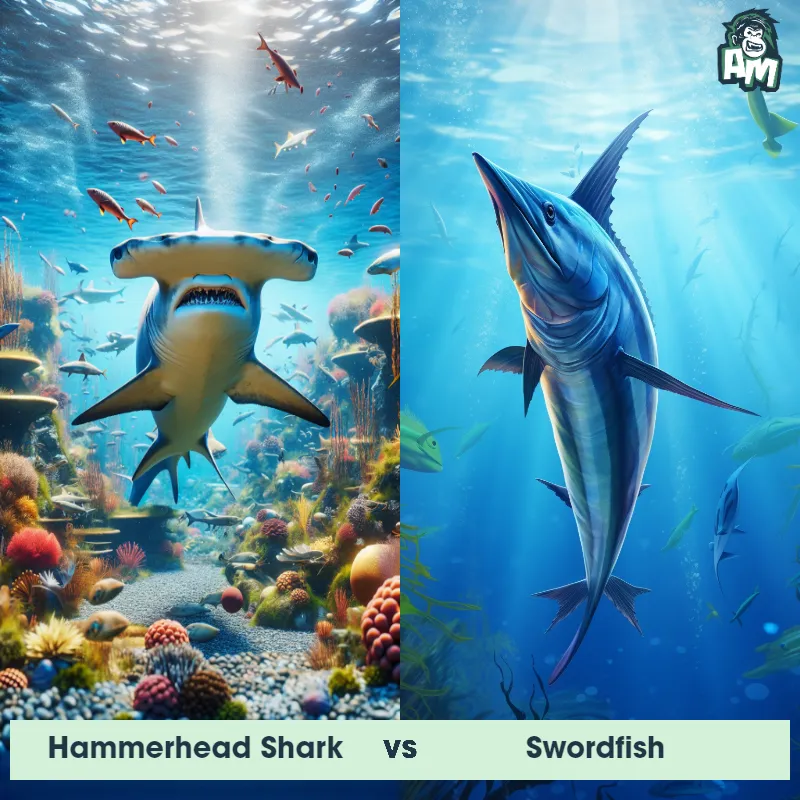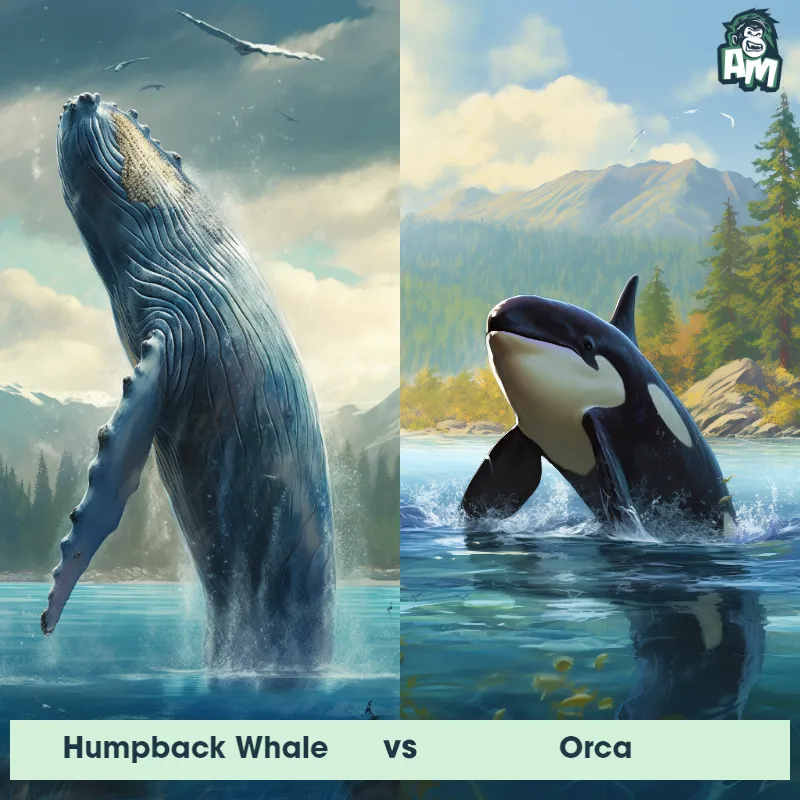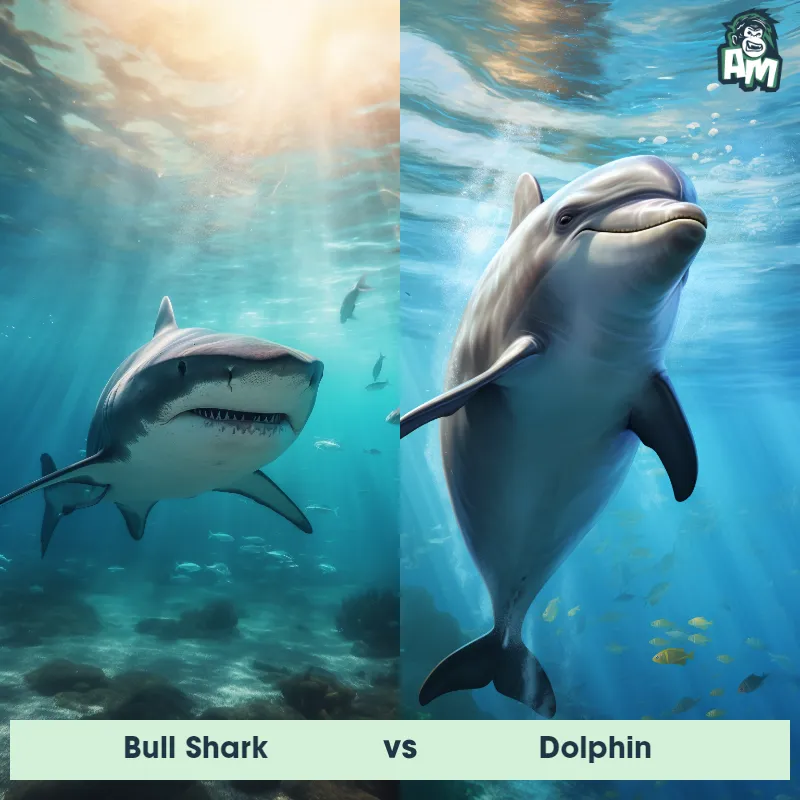Swordfish vs OrcaSee Who Wins

Ladies and gentlemen, the stage is set for an epic underwater battle like no other! Today, we present to you a clash of oceanic titans; the swift, dangerous and streamlined Swordfish vs the king of the ocean, the mighty Orca. A thrilling encounter awaits us as we watch nature's power unfold in this aquatic spectacle.
Contender 1: Swordfish
The Swordfish is a large, highly migratory, predatory fish known for its elongated, flat bill, which resembles a sword. The body is designed for fast swimming with a streamlined, powerful physique that can reach lengths of up to 15 feet and weights of up to 1,400 pounds. They have a unique coloration, dark on top ranging from black to lighter browns, and white or lighter hues on the underbelly. Swordfish primarily feed on a diet consisting of various fish and squids.
Fun Fact: Swordfish are among the fastest fish in the ocean, capable of reaching speeds of up to 60 miles per hour due to their powerful, crescent-shaped tails and streamlined bodies.
Contender 2: Orca
The Orca, or killer whale, is a toothed whale belonging to the oceanic dolphin family. Known for their distinctive black-and-white coloration, orcas are among the most powerful predators on Earth. Adult males can grow up to 26 feet long and weigh up to six tons. They have a large dorsal fin, which in males can reach up to 6 feet in height. Orcas are found in oceans all over the world but are most common in the Arctic and the Antarctic. Their diet is diverse, including fish, seals, and even other whales.
Fun Fact: Orcas have a complex social structure, living in tight-knit family groups known as pods, and they are known to exhibit behaviors such as teaching, learning, cooperation, and grieving.
Matchup Stats
| Swordfish | Orca | |
|---|---|---|
| Size | Up to 15 feet (4.6 meters) | Up to 26 feet long (7.9 meters) |
| Weight | Up to 1,400 pounds (635 kilograms) | Up to 6 tons (5,443 kilograms) |
| Speed | 60 mph (97 km/h) | 35mph (56km/h) |
| Key Strength | Speed and powerful, sword-like bill | Powerful predator with strong jaws and sharp teeth |
| Biggest Weakness | Limited maneuverability due to streamlined body | Limited mobility on land |
Current Votes
Swordfish vs Orca
See Who Wins
View More Matches
Looking For More?
Similar Matches
Scientific Stats
| Swordfish | Orca | |
|---|---|---|
| Scientific Name | Xiphias gladius | Orcinus orca |
| Family | Xiphiidae | Delphinidae |
| Habitat | Open Oceans | Oceans worldwide |
| Geography | Worldwide in tropical, subtropical, and temperate seas | Global, most common in Arctic and Antarctic |
| Diet | Various fish and squids | Fish, seals, and other whales |
| Lifespan | 9 years - 15 years | 50 years - 80 years |
Key Differences between Swordfish and Orca
- Size: Swordfish are generally larger than Orcas, with adult Swordfish reaching lengths of up to 14 feet and weighing over 1,400 pounds, while Orcas can grow up to 32 feet in length and weigh over 12,000 pounds.
- Dorsal Fin: Swordfish have a single, long, and tall dorsal fin located towards the middle of their back, while Orcas have a large, triangular-shaped dorsal fin positioned further back towards their tail.
- Body Shape: Swordfish have a streamlined, elongated body with a long, pointed bill or "sword" extending from their upper jaw, while Orcas have a robust, torpedo-shaped body with a rounded head and a prominent dorsal fin.
- Teeth: Swordfish have a long, sharp bill with teeth only present in their upper jaw, resembling a sword, while Orcas have a set of large, conical-shaped teeth in both their upper and lower jaws, which they use for hunting and catching prey.
- Tail Shape: Swordfish have a crescent-shaped tail, known as a "lunate" tail, which is long and rigid, enabling them to swim at high speeds. Orcas, on the other hand, have a large, powerful, and curved tail fluke, which they use for propulsion and maneuvering.
- Coloration: Swordfish have a metallic blue-black color on their upper body, fading to a silver-white underside, whereas Orcas have a distinctive black and white coloration, with a white underside and black upper body, often with gray patches.



